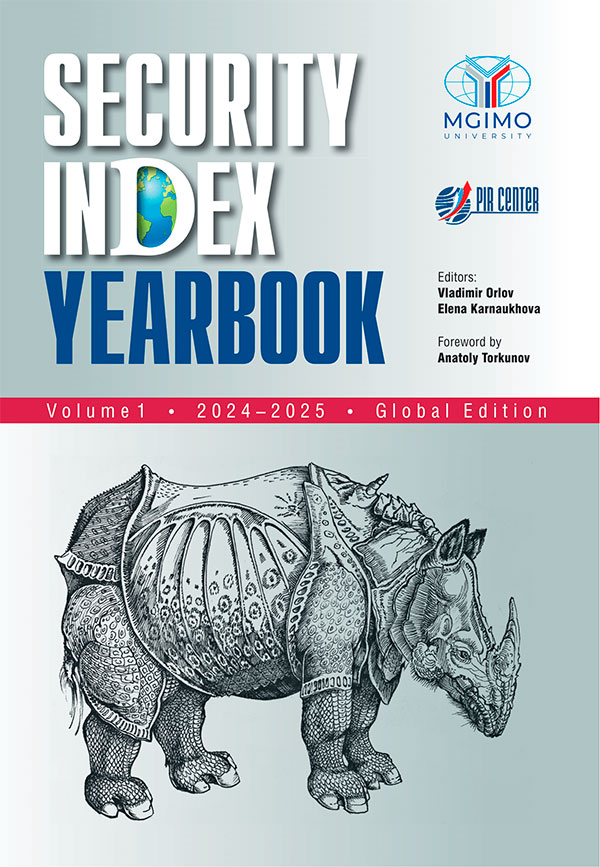... largely centered around three main topics. The first concerns the overall prospects for developing diplomatic dialogue, given the sanctions pressure on Russia and Indonesia’s peace plan for resolving the Ukraine crisis. The second is about the future of ... ... drawn-out plans to supply Russian Su-35 fighter jets. The third is about the outlook for a free trade agreement (FTA) between the EAEU and Indonesia, which experts and officials have been eagerly
awaiting
.
Since 2023, another meaningful theme has emerged: ...
... commercial transactions denominated in USD and EUR with sanctioned banks and businesses in Russia.
These risks are critical when addressing Russia’s objectives of restructuring import and export flows, as they can actually block cooperation within the EAEU. In this regard, there is a growing demand for an anti-sanctions financial infrastructure with regional development institutions and national regulators of the EAEU member states involved to cooperate with Russia under lesser risks. For example, in the form of building a Eurasian payment system, more active ...
... into the EAEU. Even though the matter of Tajikistan’s possible accession to the Eurasian Economic Union was discussed at length domestically, it never translated into a real project (unlike in the case of Uzbekistan that became an observer at the EAEU). Until recently, Tajikistan was the only country in the CIS where such a scenario was a possibility. However, sanctions pressure on Russia and Belarus, the two leaders of the Eurasian integration, is most likely to take discussions of the integration scenario outside of Tajikistan’s official discourse, and the country’s authorities will focus on bolstering ...
... this case they will estimate not a balance between relative and absolute benefits, but a balance between relative and absolute damage (it will be possible to reliably assess the scale of damage only by the fall or even by the end of 2022).
Now that the sanctions are aimed not at the EAEU itself, but at its two members (Belarus has also come under serious sanctions), the main damage to the Union will be caused by an economic decline in Russia.
Obvious risks include a synchronous devaluation of the national currencies after the ruble,...
... in Syria and Beyond: Challenges Ahead. RIAC and the Institute for Iran-Eurasia Studies Working Paper
It would seem that cooperation with the EAEU avails Iran an opportunity to mitigate the effects of the U.S. sanctions policy. The fact that several EAEU countries are under Western sanctions certainly helps in this respect. On February 7, 2021, Roman Golovchenko, Prime Minister of Belarus,
argued
that the EAEU is looking to develop a mechanism for countering sanctions to give cause for optimism.
What is more, Iran is interested ...
... far have failed to settle the issue.
The international sanctions against Russia, which are designed in such a way that they hot the country’s trade and economic relations with its allies, are a significant factor in bilateral relations. The counter-sanctions imposed by Russia against the European Union have created barriers in the implementation of the customs union within the EAEU. Due to the geography of international transit corridors, the common Russia–Belarus customs space has felt the brunt of the blow.
Another sore spot in bilateral relations is the “sanitary and trade” disputes that are taking place against the ...



